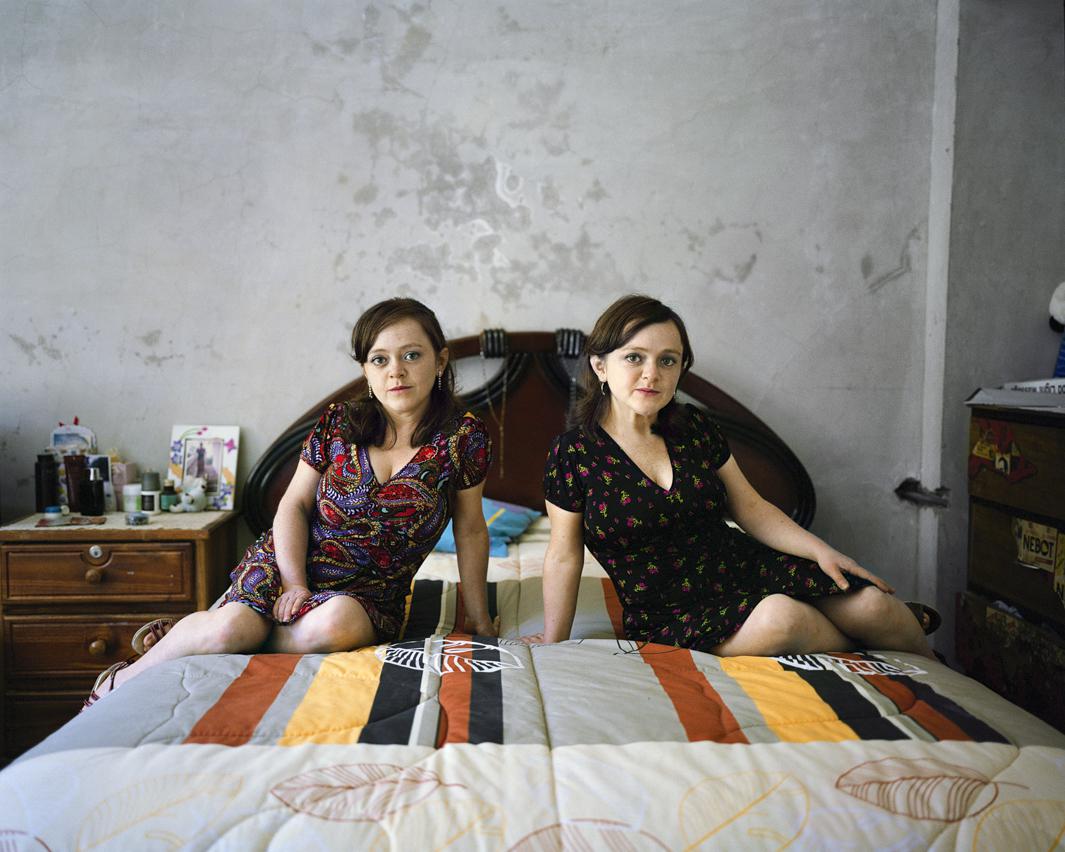A few years ago, Charlotte Schmitz, a German photographer based in Istanbul, read about a 2011 study in the journal Science Translational Medicine about a group of people who were living with Laron syndrome, a rare form of dwarfism that also appeared to cause immunity to both diabetes and cancer. News of the study, developed over two decades by Jaime Guevara-Aguirre in a small village in the south of Ecuador where nearly one-third of people known to have Laron live, quickly spread around the world.
In an interview with ABC News in 2011, Guevara explained that he noticed that this area of Ecuador had a high rate of cancer, yet none of these patients were dying from it. “I’m talking about a total of 135 names that I can think of. None of them has ever died of cancer,” he said. “To me the possibility that that is a coincidence is almost none, because every single family in this case has at least one or two or three relatives that have died of cancer.”
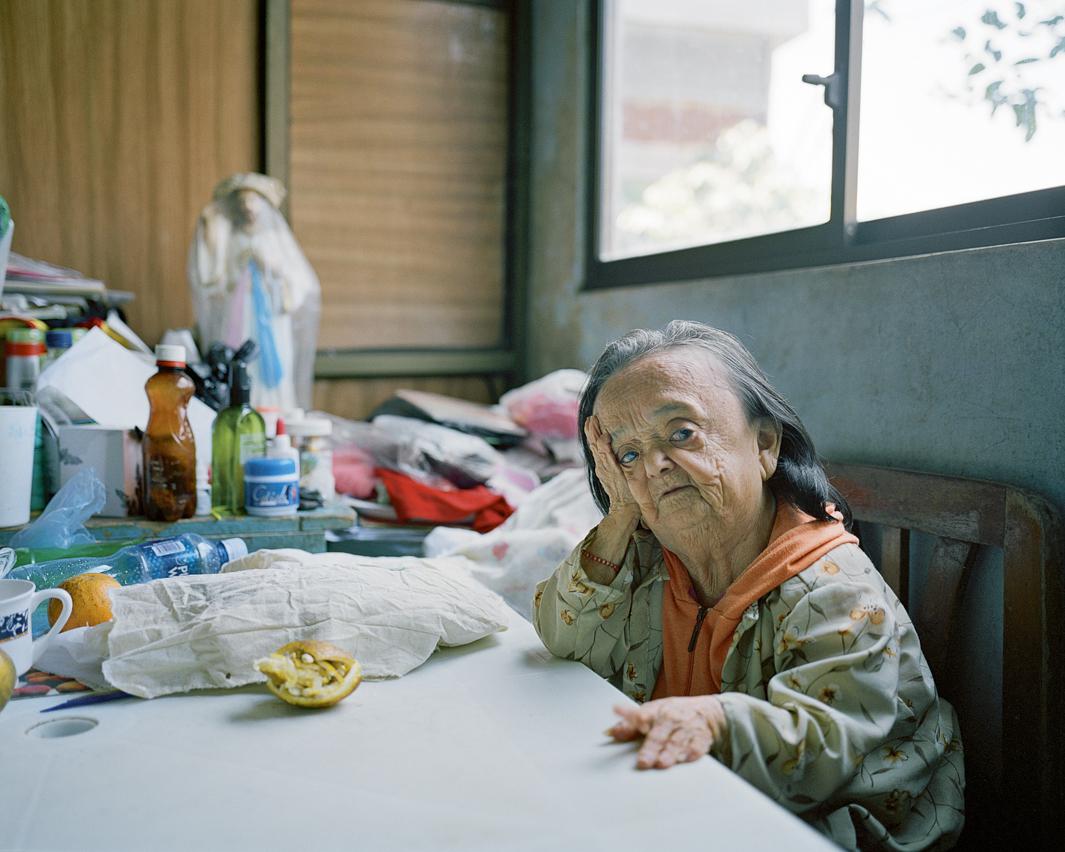
Charlotte Schmitz

Charlotte Schmitz
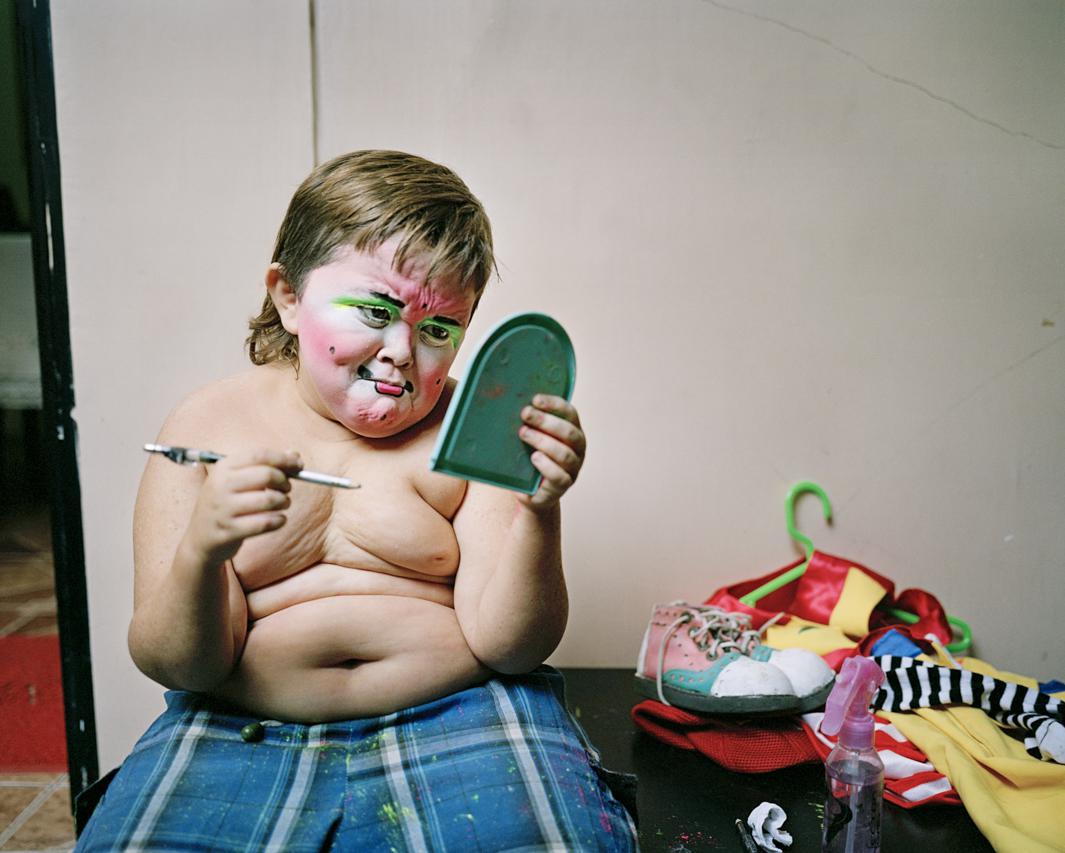
Charlotte Schmitz
Schmitz, who lived in Ecuador as a university student, wanted to meet the people profiled. She went back in 2012, and through contacts with both her friends and her host family, was able to meet the villagers. Yet after being visited by countless journalists since the story broke, the villagers were somewhat reluctant to be interviewed.
Schmitz said that many of the villagers thought that, by participating in the study, they would receive medicine to help them grow to at least average height. Because of patent disputes, insurance, red tape, and an expensive price tag—the medicine, a human growth hormone, runs around $10,000 a month—the villagers were unable to receive it.

Charlotte Schmitz

Charlotte Schmitz
One of the people who Schmitz met, Alex, said that he had given up his dream of growing. His new dream is to be a famous clown. That’s one of the reasons Schmitz named the series “Yo Soy Lo Que Soy,” or “I Am What I Am.” She found that many of the people she met were able to find new goals in life beyond growing taller.
“He told me that he will more likely be famous if he is different from the others,” she wrote. “While practicing and working as a clown, he gained more self-confidence and became proud of who he is. He came to his dream closer two years ago, when he took part in Ecuador’s Got Talent competition—now everyone knows him in the country.”
Schmitz is done working on the series in Ecuador but has plans to visit Israel where a lot of people with Laron live and are currently working with doctors who have access to the medicines that could help them grow to normal height.
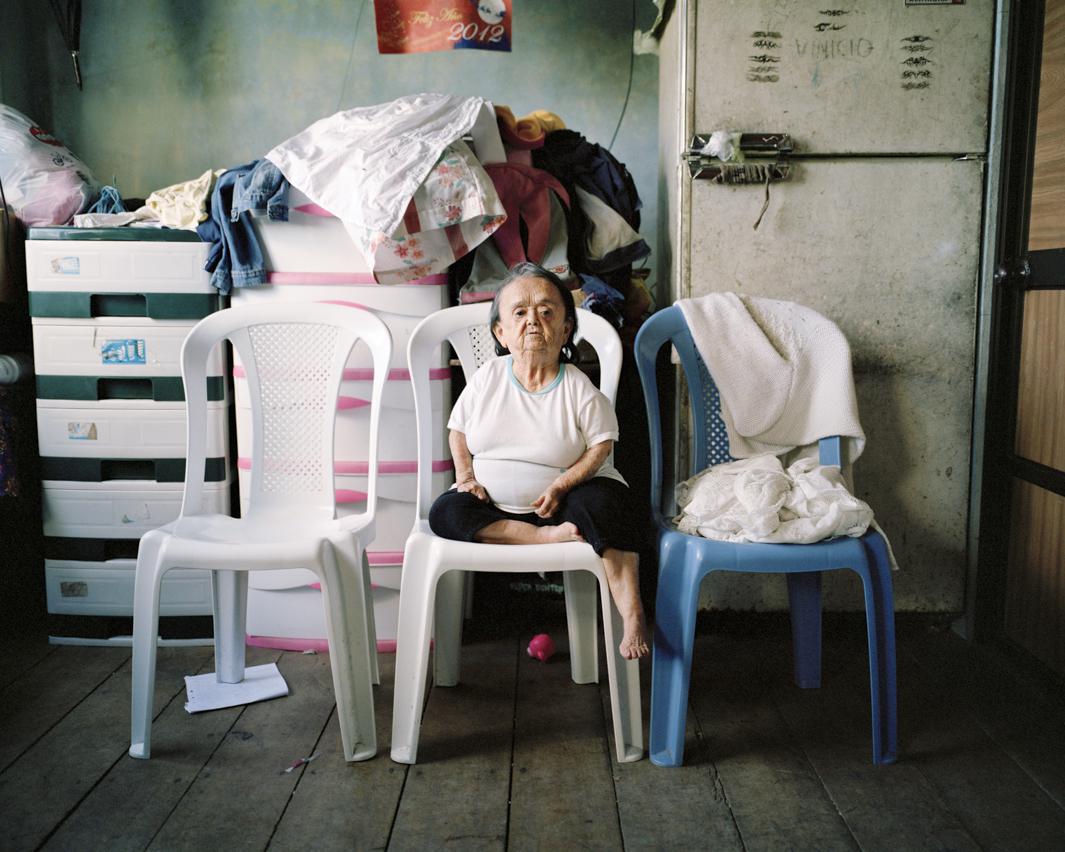
Charlotte Schmitz

Charlotte Schmitz

Charlotte Schmitz
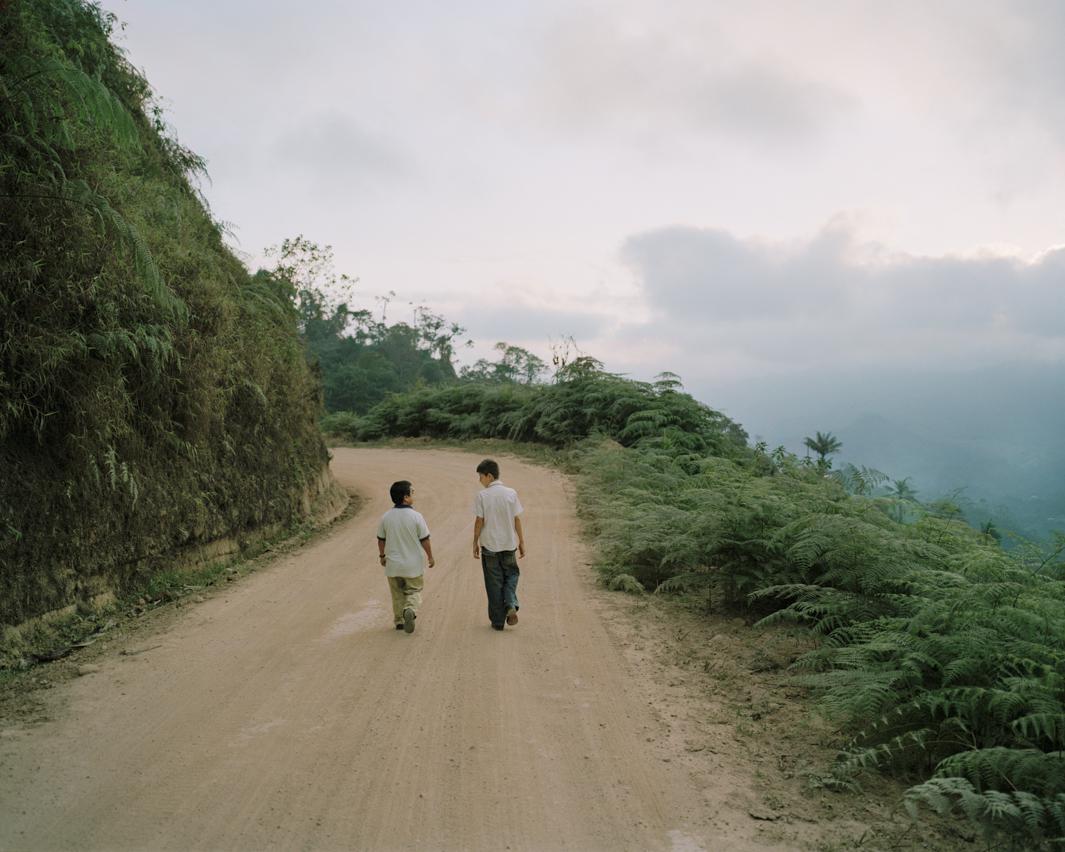
Charlotte Schmitz
